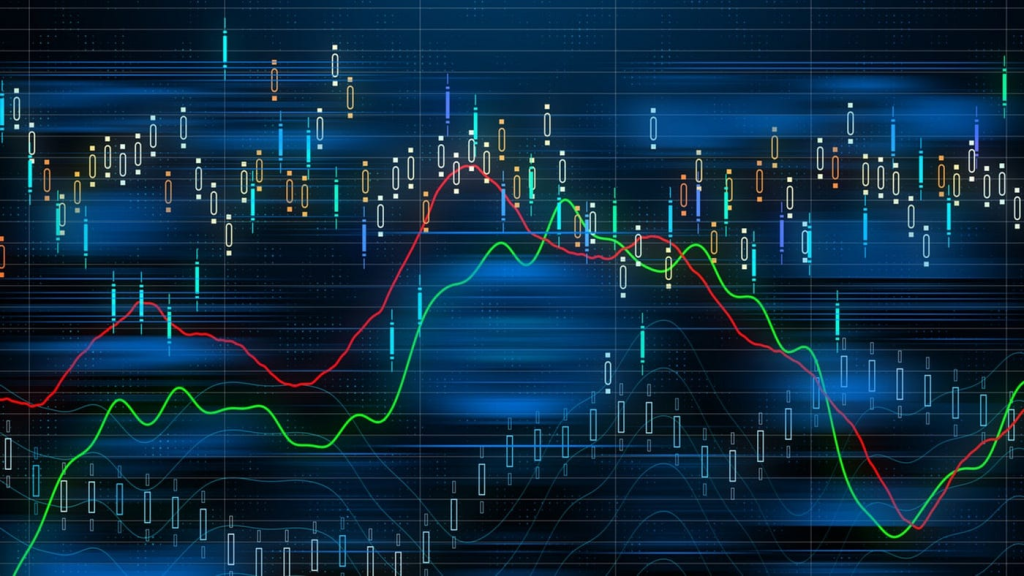” Forex trading, also known as foreign exchange trading or currency trading, could be the global market place for getting and selling currencies. It operates 24 hours each day, five days weekly, allowing traders to participate available in the market from anywhere in the world. The primary goal of forex trading is always to benefit from fluctuations in currency change charges by speculating on whether a currency set will increase or fall in value. Individuals in the forex industry include banks, financial institutions, corporations, governments, and individual traders.
One of many important features of forex trading is their large liquidity, and therefore big volumes of currency can be purchased and offered without somewhat affecting change rates. That liquidity ensures that traders can enter and quit jobs easily, enabling them to make the most of also small value movements. Furthermore, the forex industry is highly accessible, with minimal barriers to entry, enabling persons to start trading with relatively small amounts of capital.
Forex trading provides a wide selection of currency sets to business, including major couples such as EUR/USD, GBP/USD, and USD/JPY, in addition to minor and spectacular pairs. Each currency set represents the exchange charge between two currencies, with the very first currency in the couple being the base currency and the 2nd currency being the estimate currency. Traders can make money from both climbing and slipping markets by using long (buy) or small (sell) positions on currency pairs.
Successful forex trading takes a solid knowledge of fundamental and technical analysis. Basic analysis requires considering financial indicators, such as for example interest charges, inflation charges, and GDP development, to assess the underlying energy of a country’s economy and their currency. Complex evaluation, on the other give, involves considering price graphs and patterns to recognize trends and possible trading opportunities.
Chance management can be necessary in forex trading to protect against potential losses. Traders usually use stop-loss requests to limit their downside risk and employ correct place sizing to make sure that not one trade may somewhat impact their over all trading capital. Furthermore, sustaining a disciplined trading approach and preventing feelings such as for example greed and fear are important for long-term accomplishment in forex trading.
With the improvement of technology, forex trading has be more available than actually before. On the web trading tools and portable apps give traders with real-time access to the forex market, allowing them to perform trades, analyze industry information, and control their portfolios from any device. Furthermore, the availability of educational forex robot sources, including tutorials, webinars, and trial records, empowers traders to develop their abilities and improve their trading performance around time.

While forex trading offers significant income potential, additionally it holds natural risks, such as the prospect of significant losses. Therefore, it is essential for traders to perform complete research, develop a noise trading technique, and continuously monitor market situations to produce knowledgeable trading decisions. By staying with disciplined risk management practices and remaining educated about worldwide financial developments, traders may improve their likelihood of achievement in the dynamic and ever-evolving forex market.”
